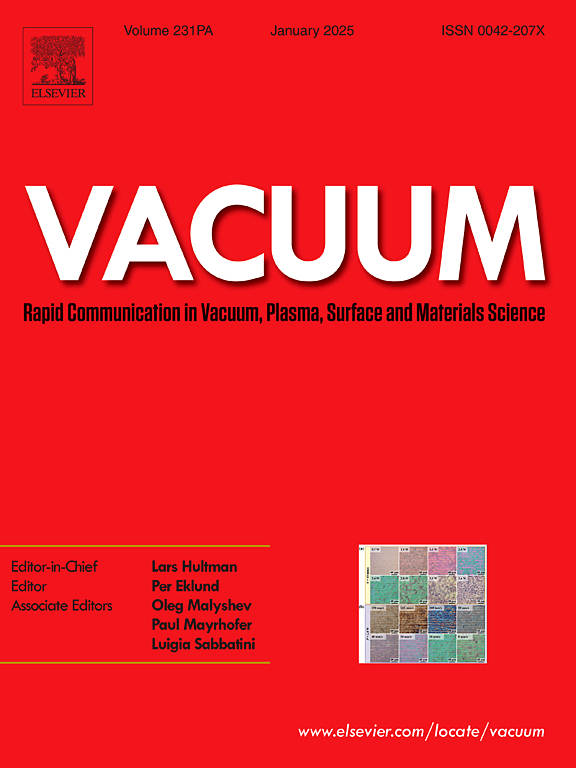Comparative analysis of impurity removal in aluminum, copper, and nickel by hydrogen refining
IF 3.8
2区 材料科学
Q2 MATERIALS SCIENCE, MULTIDISCIPLINARY
引用次数: 0
Abstract
This study investigates the effects of vacuum and hydrogen atmospheres on the removal of metallic and non-metallic impurities during zone melting of Al, Cu, and Ni. The results show that while hydrogen had minimal impact on metallic impurity removal, it significantly enhanced the elimination of non-metallic impurities, particularly oxygen, in Cu and Ni. The introduction of hydrogen reduced oxygen levels by over 95 % in Ni and 44 % in Cu, and also improved the removal of carbon and sulfur. However, in Al, hydrogen refining proved less effective due to the stability of Al₂O₃ and the tendency of Al to form hydrides.
通过氢气精炼去除铝、铜和镍中杂质的比较分析
本研究调查了真空和氢气环境对铝、铜和镍分区熔炼过程中金属和非金属杂质去除的影响。结果表明,虽然氢气对金属杂质的去除影响很小,但它显著提高了铜和镍中非金属杂质(尤其是氧气)的去除率。引入氢气后,镍和铜中的氧含量分别降低了 95% 和 44%,碳和硫的去除率也有所提高。但在铝中,氢精炼的效果较差,原因是铝₂O₃的稳定性和铝形成氢化物的倾向。
本文章由计算机程序翻译,如有差异,请以英文原文为准。
求助全文
约1分钟内获得全文
求助全文
来源期刊

Vacuum
工程技术-材料科学:综合
CiteScore
6.80
自引率
17.50%
发文量
0
审稿时长
34 days
期刊介绍:
Vacuum is an international rapid publications journal with a focus on short communication. All papers are peer-reviewed, with the review process for short communication geared towards very fast turnaround times. The journal also published full research papers, thematic issues and selected papers from leading conferences.
A report in Vacuum should represent a major advance in an area that involves a controlled environment at pressures of one atmosphere or below.
The scope of the journal includes:
1. Vacuum; original developments in vacuum pumping and instrumentation, vacuum measurement, vacuum gas dynamics, gas-surface interactions, surface treatment for UHV applications and low outgassing, vacuum melting, sintering, and vacuum metrology. Technology and solutions for large-scale facilities (e.g., particle accelerators and fusion devices). New instrumentation ( e.g., detectors and electron microscopes).
2. Plasma science; advances in PVD, CVD, plasma-assisted CVD, ion sources, deposition processes and analysis.
3. Surface science; surface engineering, surface chemistry, surface analysis, crystal growth, ion-surface interactions and etching, nanometer-scale processing, surface modification.
4. Materials science; novel functional or structural materials. Metals, ceramics, and polymers. Experiments, simulations, and modelling for understanding structure-property relationships. Thin films and coatings. Nanostructures and ion implantation.
 求助内容:
求助内容: 应助结果提醒方式:
应助结果提醒方式:


